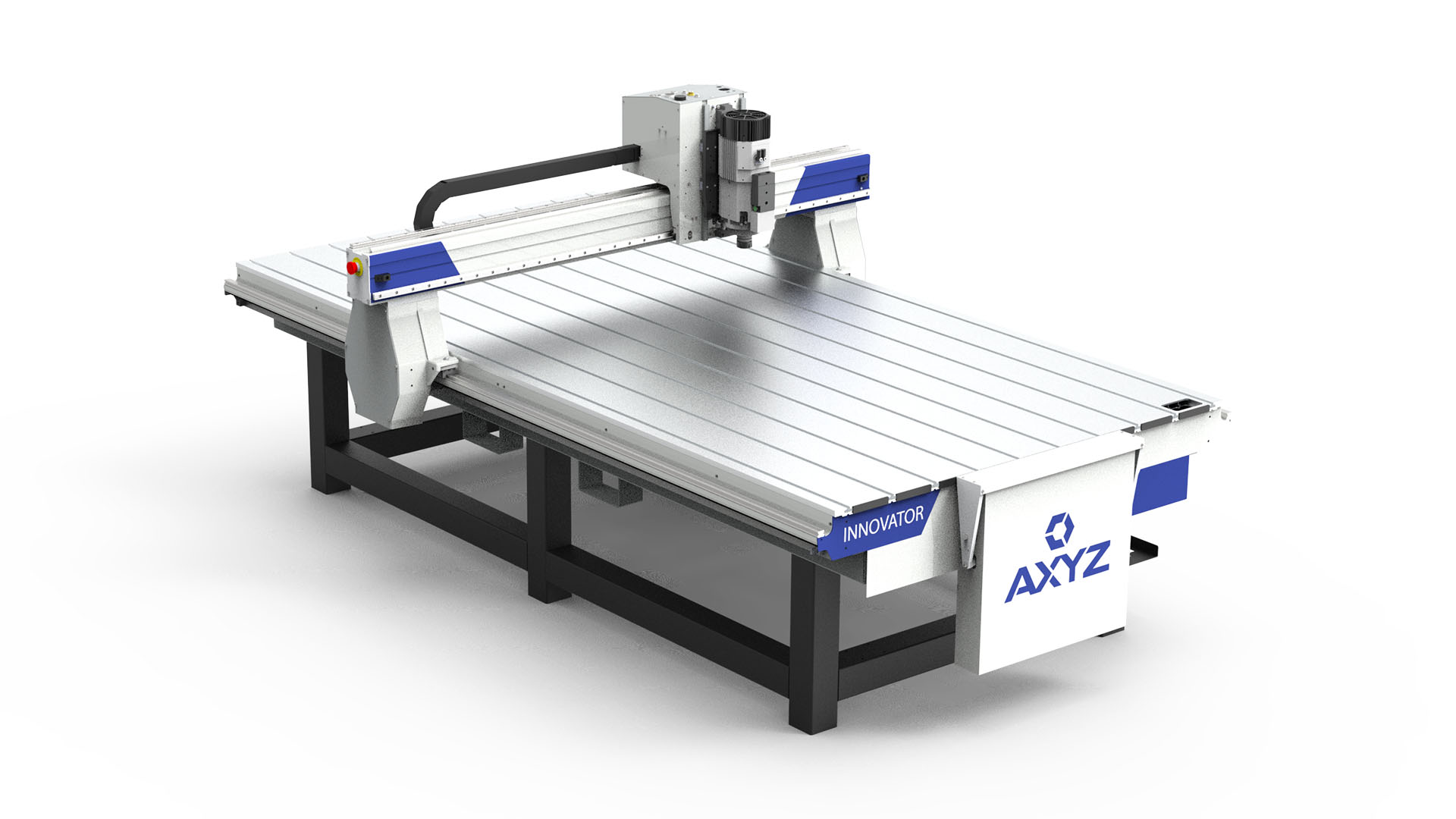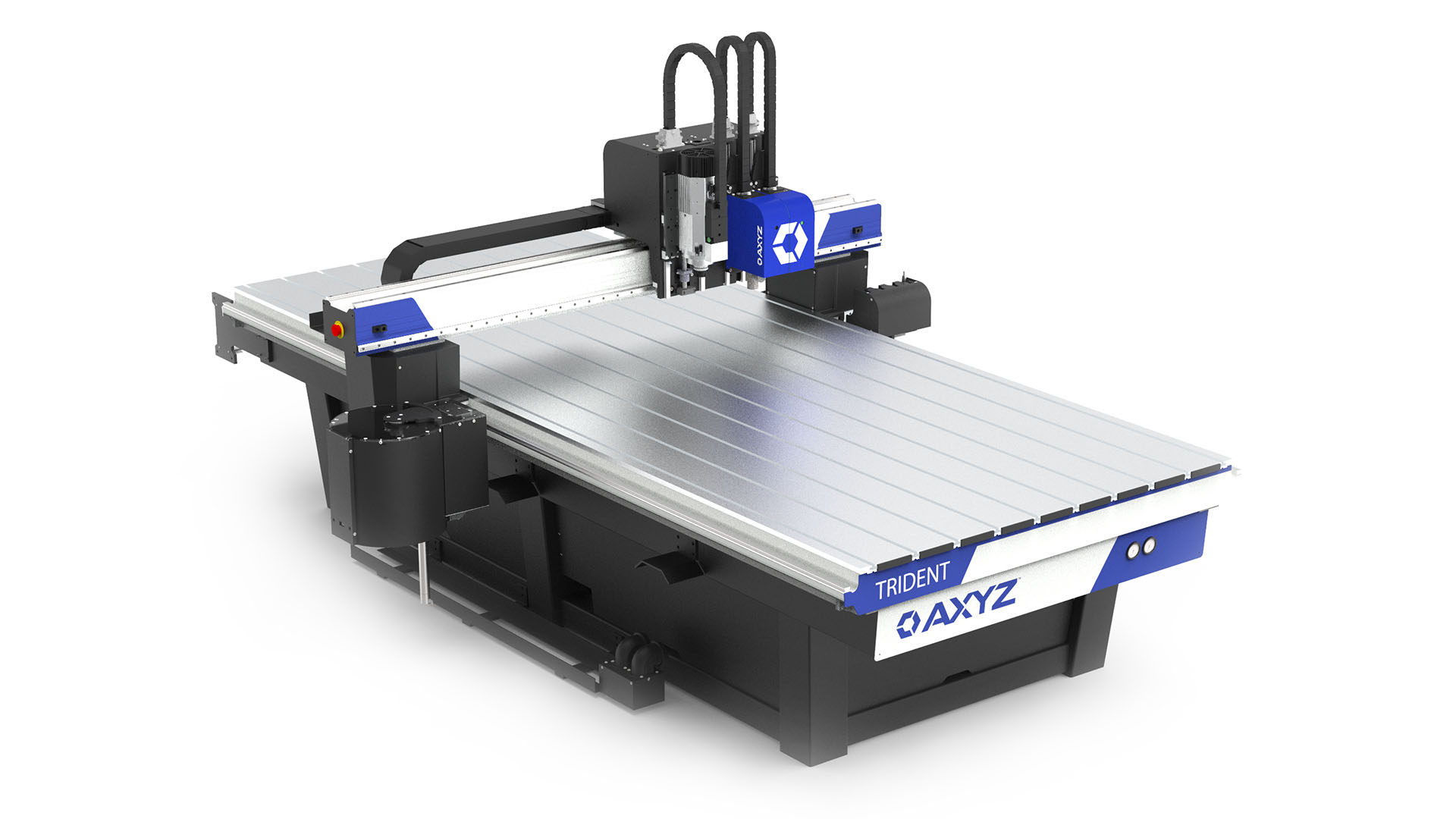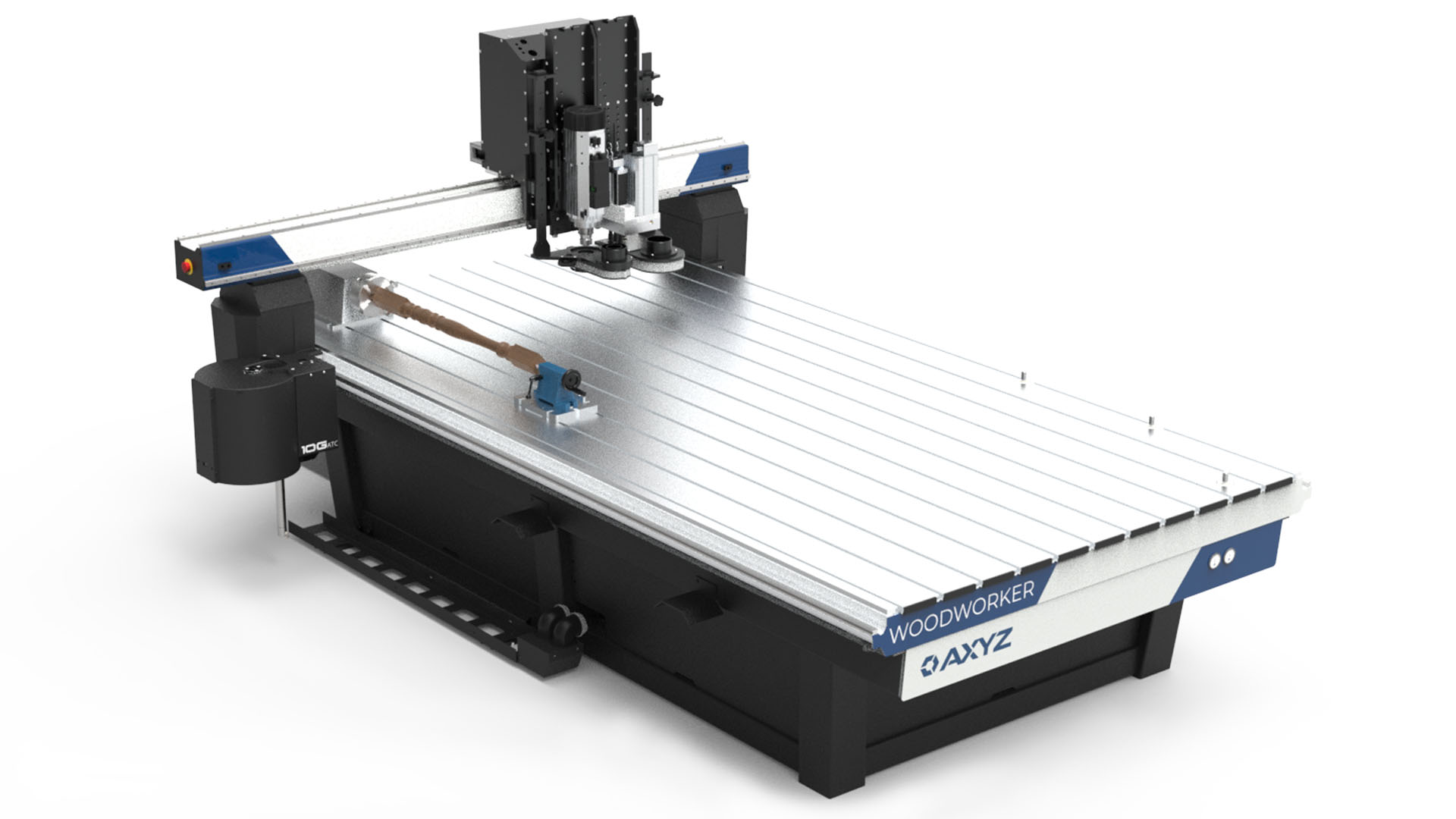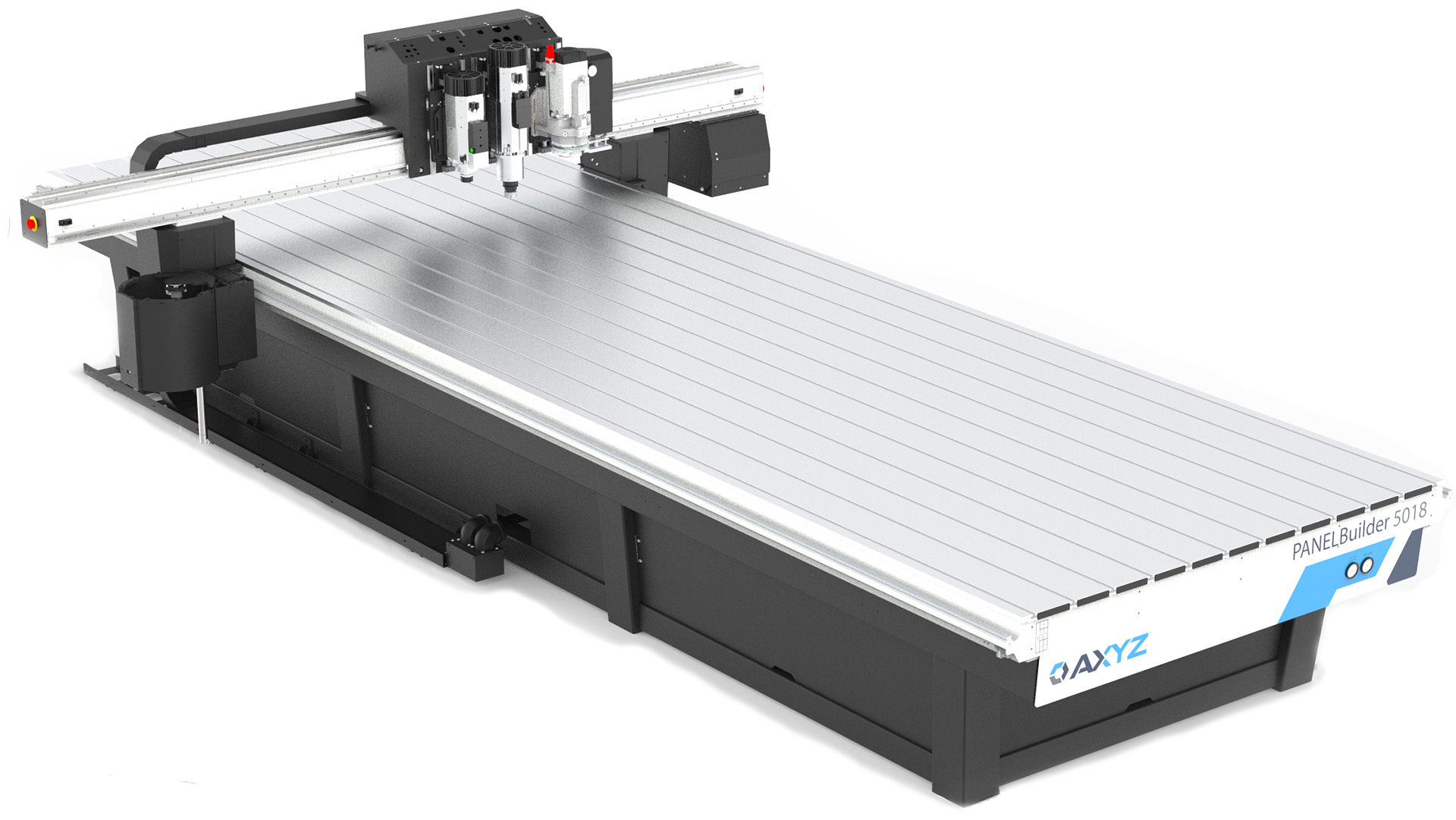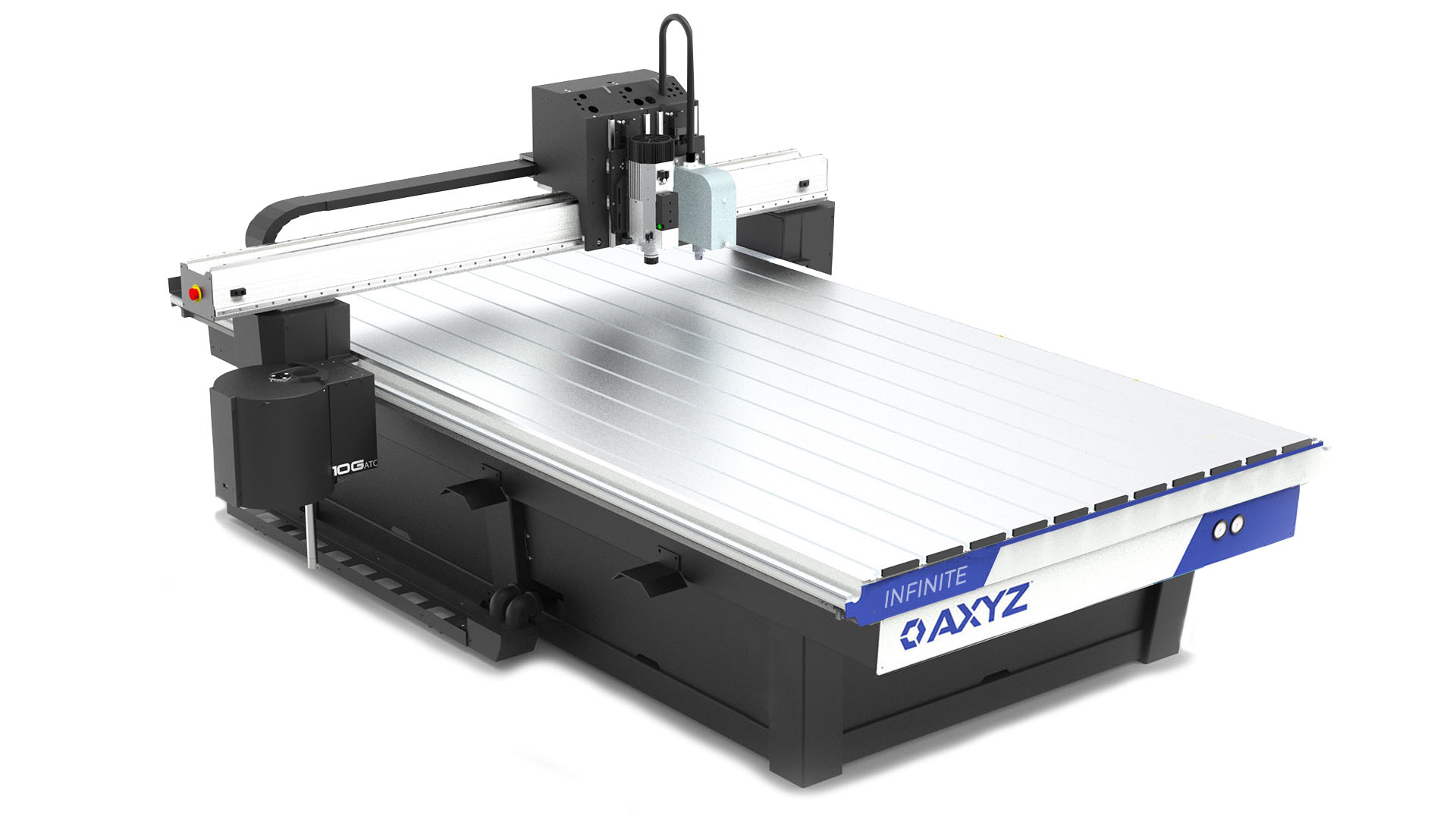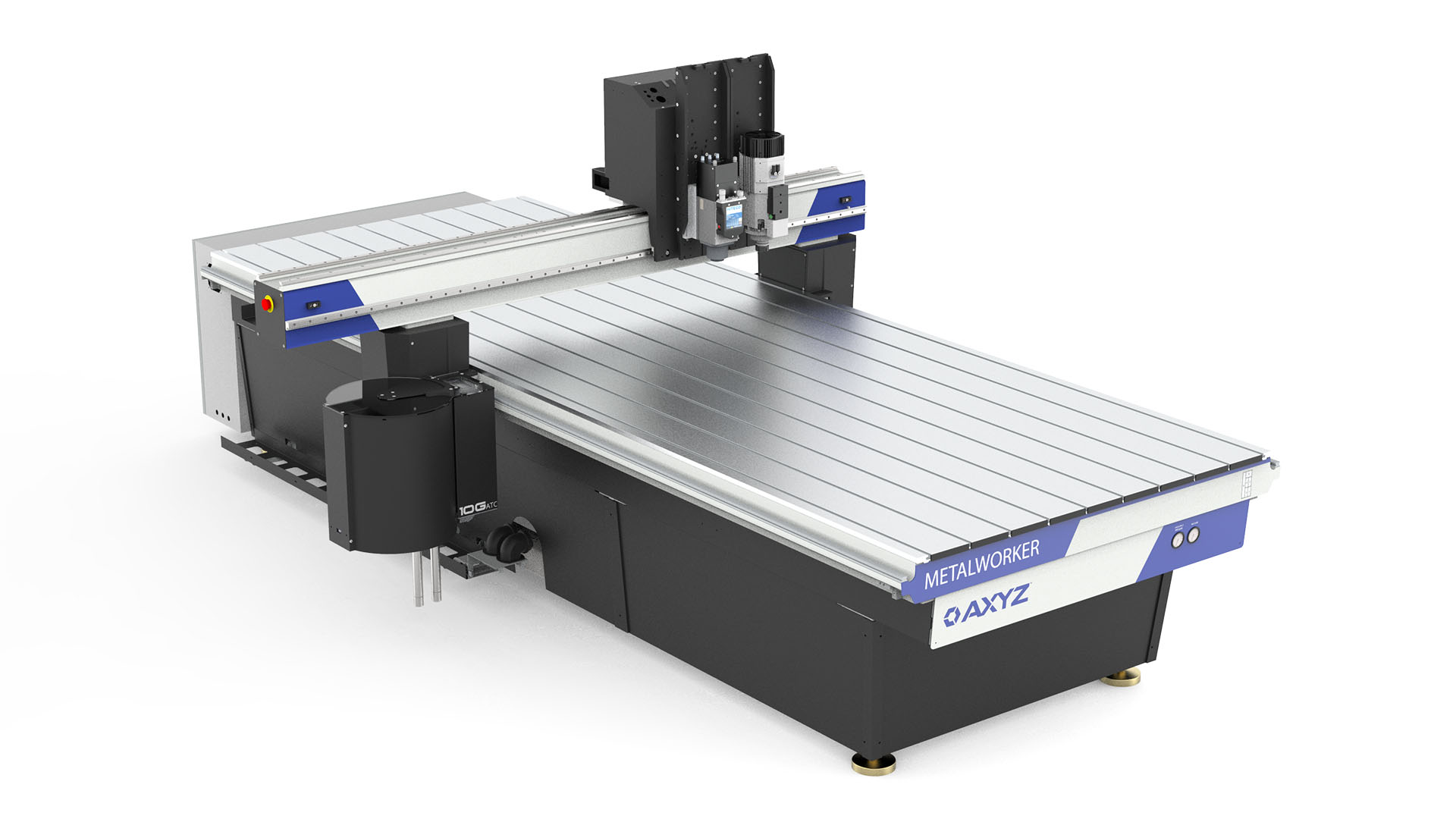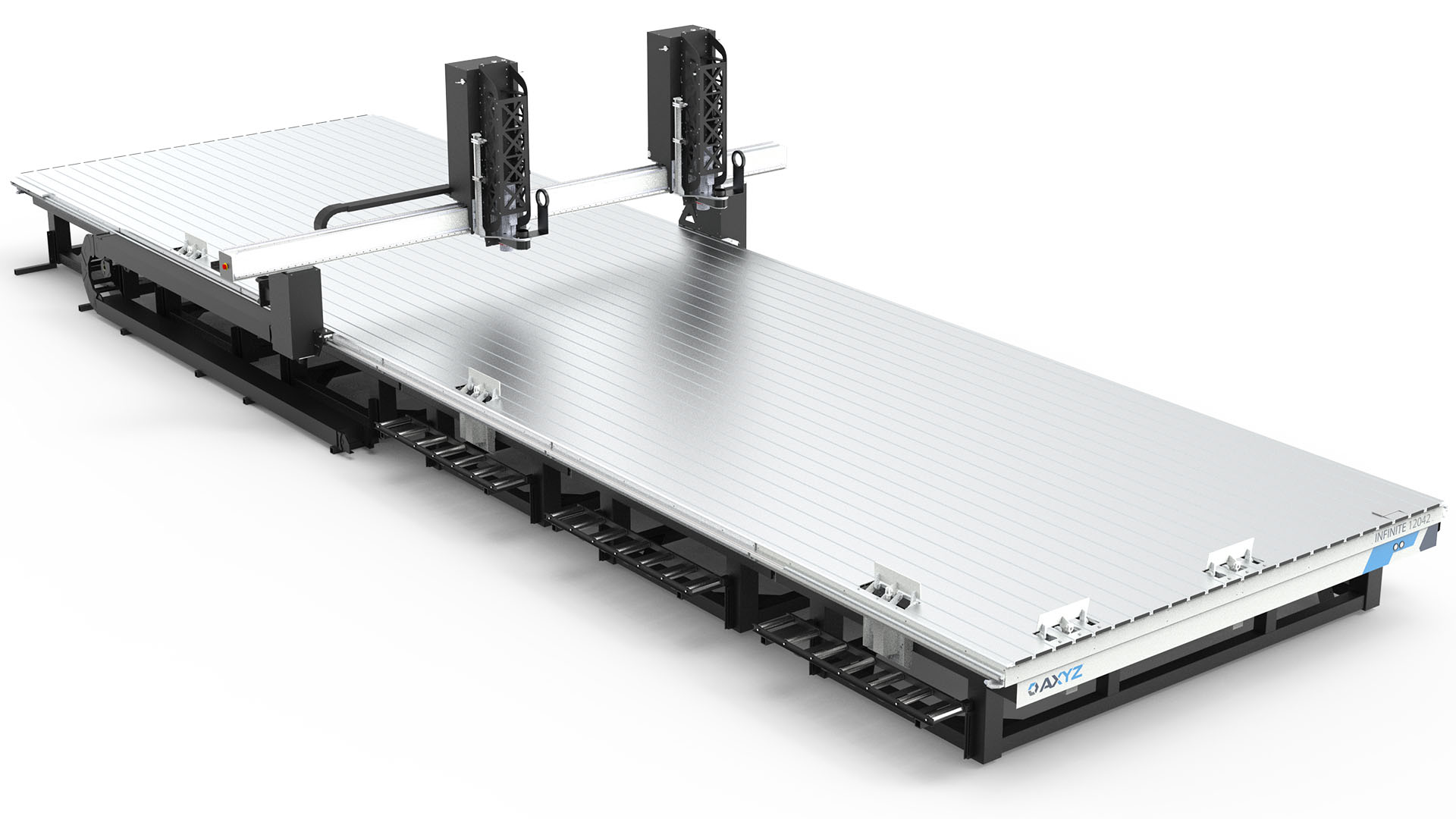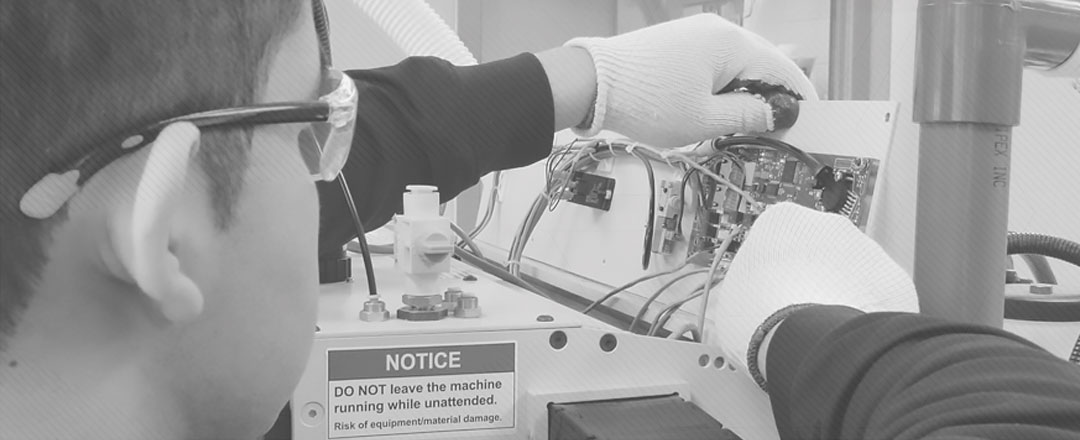The last thing you want to encounter when you’re in the middle of an important production run is a machine malfunction. This can happen any time, with any machine, regardless of how much money it cost. Reasons for this can be anything from improper operator training, to using the wrong type of tools or not keeping your maintenance log up-to-date. When your maintenance log is kept up-to-date, your machine will be fine-tuned and running smoothly every day. In the event a technical issue arises, an up-to-date log helps us troubleshoot the issue must faster. Here’s a list of some of the more common daily and monthly maintenance tasks you need to do to keep your machine running smoothly all year round:
DAILY
- General Cleaning:
- Move the gantry to the back of the machine
- Blow off the table surface and X axes towards the front of the table.
- Blow off the gantry away from carriage.
- Blow down behind the Z plate.
- Air Pressure Reading: Record the air pressure reading indicated on the pressure gauge.
- Oil Oscillating Knife: Oil the oscillating knife (1-2 drops, every 4 hours).
- Check Pump Oil Level: Check the pump oil level through the sight glass on the pump.
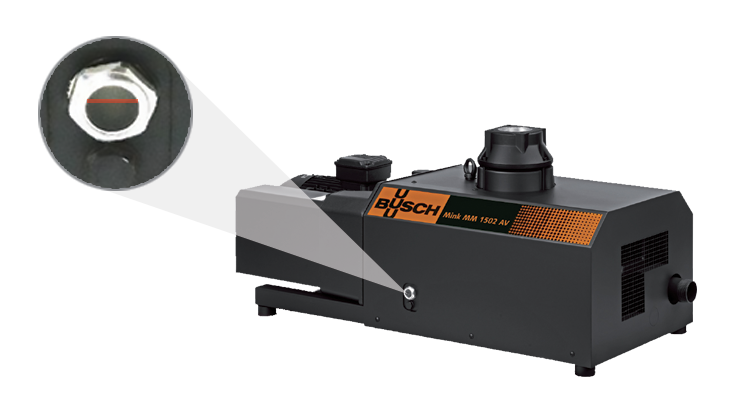
Check pump oil level
- Clean Cover nuts and Collets: Clean (Blow) cover nuts threads and collets when changing tools.
BI-WEEKLY/MONTHLY
- Clean and grease racks and pinions: Clean rack with wire brush and air nozzle to remove any debris

Grease X axis | Grease Y axis
- Grease all bearings and ball screws/acme screws
- Initial Z Position
- Move the Z axis to the lowest position possible.
- Support the Z – plate and tool with a sturdy platform.
- Clean Electronics Cabinet Air Filter
- Remove filter cover
- Remove filter element
- Clean filter element and cover or replace filter element and cove
- Remove air supply.
- Remove and empty filter cup.
- Clean Toolholders
- Check tools for any debris or rust on the surface of the tool holder
- Use a cleaning pad or steel wool to clean the tool holder (do not use sand paper or a file)
- Surface should be smooth and clean to prevent damaging the spindle.
- Check collets/nuts, and dispose the ones that are damaged.

Damaged | Non-Damaged
These maintenance tasks will vary according to the type of machine. For more guidelines and tips, read What You Should Know About CNC Maintenance. It only takes a few minutes a day, but keeping your maintenance log up to date ensures you’re doing all the maintenance activities at the right time to optimize the performance of your machine.
For various lubricants, filters and other parts/accessories, visit CNCShop.com. Don’t forget to check out our latest promotion!

